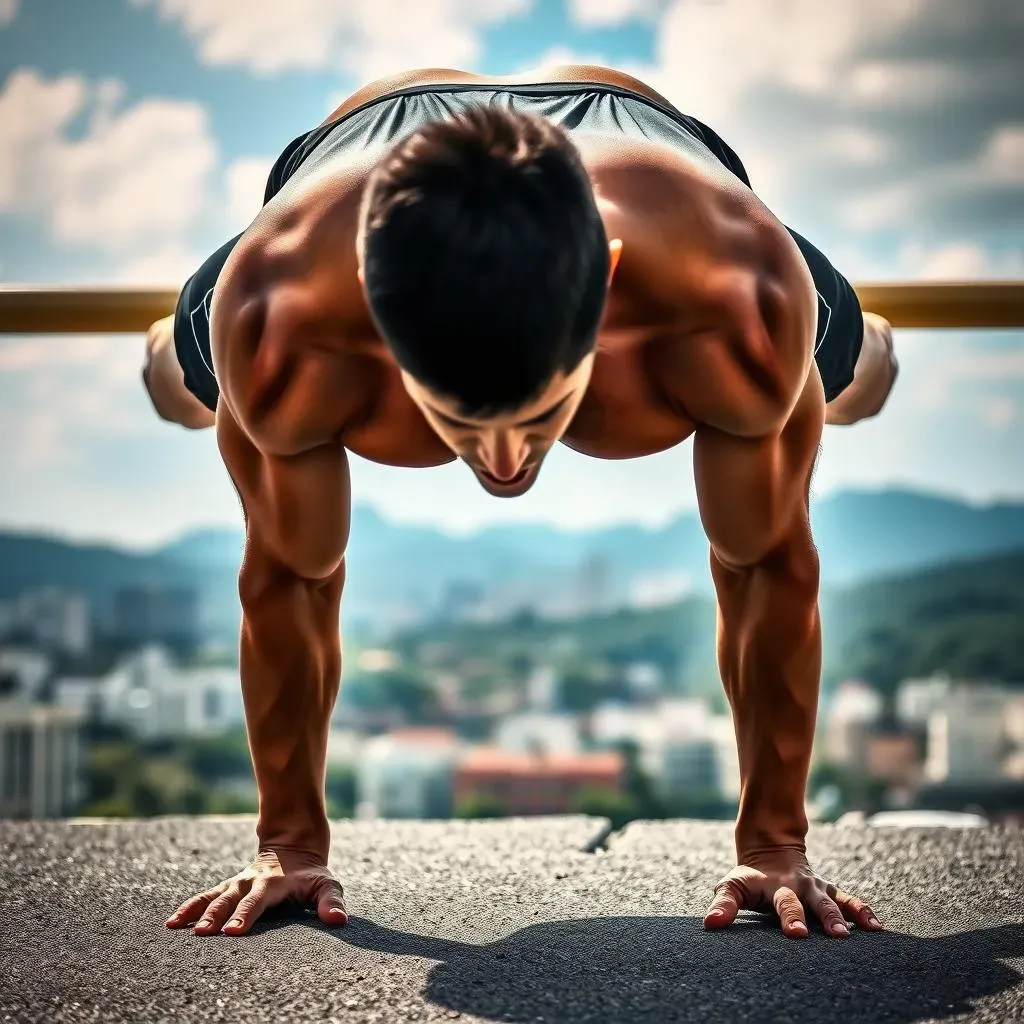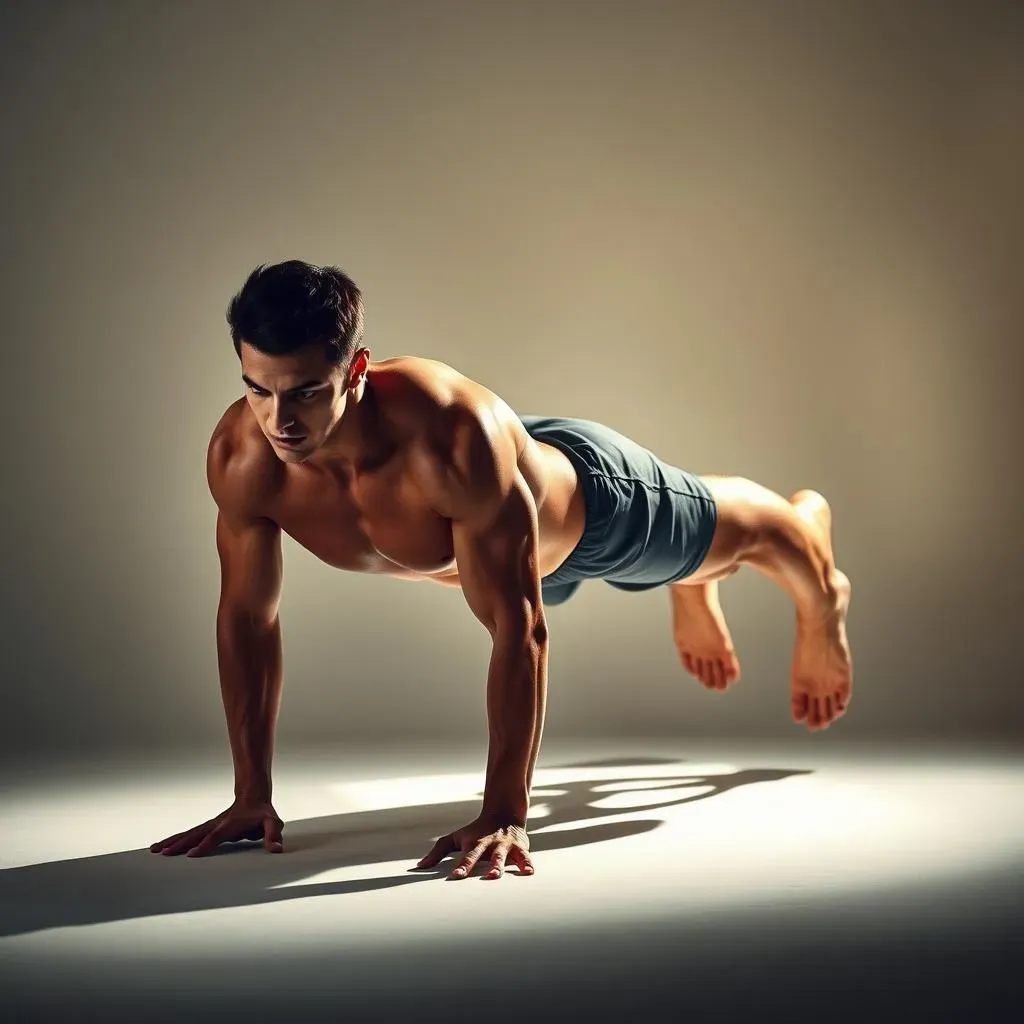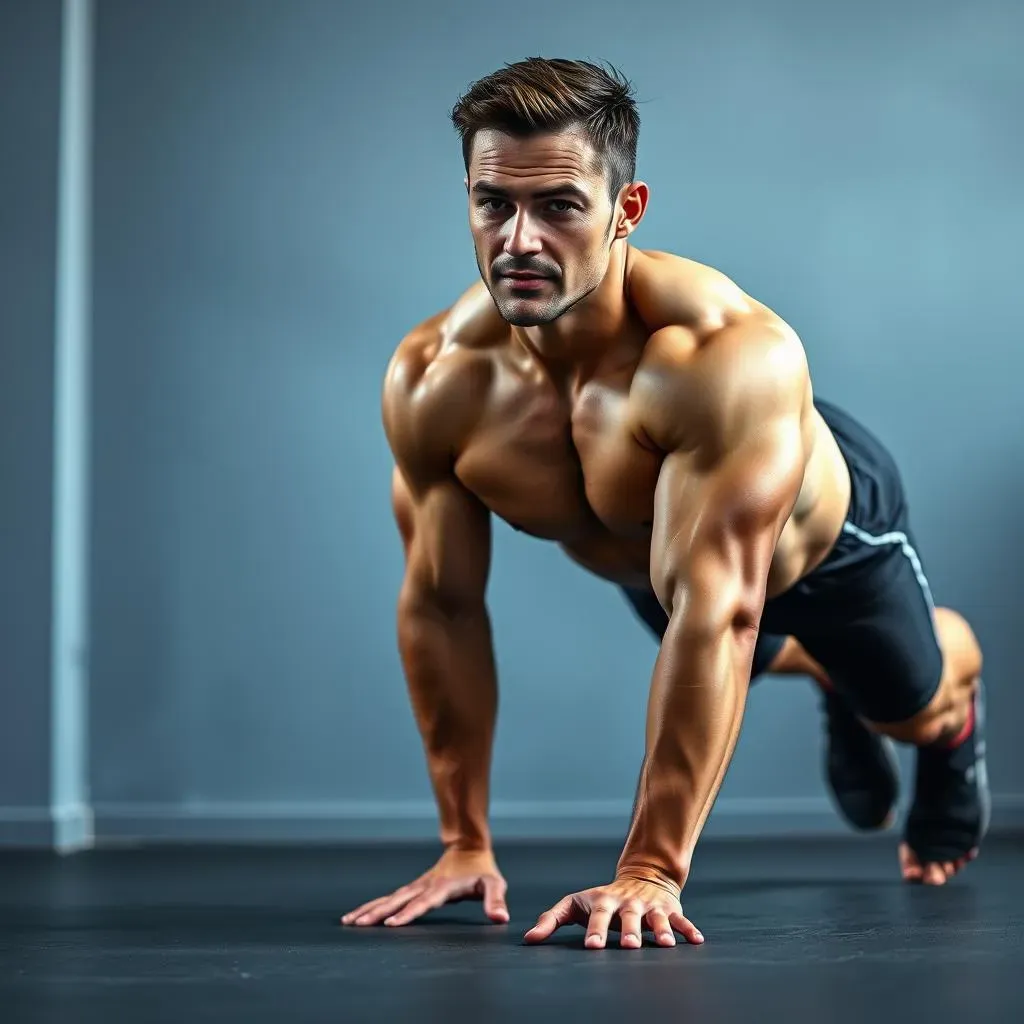Table of Contents
Are you ready to unlock the full potential of your body without the need for expensive gym memberships or bulky equipment? Look no further than calisthenics, a form of exercise that utilizes your own body weight as resistance. Learning how to do calisthenics is a great way to improve your overall fitness, increase strength, and enhance flexibility. In this comprehensive guide, we will delve into the world of calisthenics, exploring its benefits, essential exercises, and providing tips for both beginners and advanced practitioners. Whether you're looking to lose weight, build muscle, or simply improve your mental wellbeing, calisthenics has something to offer. So, let's get started on this journey to mastering the art of bodyweight exercises and discover how to do calisthenics like a pro!
Getting Started with Calisthenics: Tips and Tricks for Beginners

Getting Started with Calisthenics: Tips and Tricks for Beginners
Setting Yourself Up for Success
Embarking on a calisthenics journey can be both exciting and intimidating, especially for those new to exercise or bodyweight training. Before you begin, it's essential to set yourself up for success. First, consult with a healthcare professional to ensure you're physically ready for physical activity. This is particularly important if you have any underlying health conditions or concerns. Next, define your fitness goals. Are you looking to lose weight, build muscle, or improve overall health? Having clear objectives will help you stay motivated and focused throughout your journey.
Another crucial step is to start slowly. Calisthenics can be challenging, especially if you're new to bodyweight exercises. Begin with shorter workouts and gradually increase the duration and intensity as your body adapts. It's also vital to listen to your body and rest when needed. Overexertion can lead to injury, which might set back your progress. Lastly, find a workout buddy or join a calisthenics community for support and accountability. Having someone to share the experience with can make the journey more enjoyable and help you stay on track.
Goal | Recommended Workout Duration | Frequency |
|---|---|---|
Weight Loss | 30-45 minutes | 5 times a week |
Muscle Building | 45-60 minutes | 4 times a week |
General Health | 20-30 minutes | 3 times a week |
Essential Exercises for Beginners
Once you've set your foundation, it's time to dive into the world of calisthenics exercises. For beginners, it's best to start with movements that work multiple muscle groups at once. These exercises will help improve coordination, balance, and overall strength. Some essential exercises to include in your routine are push-ups, squats, lunges, planks, and pull-ups. Remember to focus on proper form to avoid injury and get the most out of each exercise.
Push-ups, for example, are great for building chest, shoulder, and tricep strength. Squats and lunges target the legs and glutes, while planks engage your core. Pull-ups, although challenging, are excellent for back and arm strength. Start with modified versions if you're struggling. For instance, you can begin with knee push-ups or use a resistance band for pull-ups.
- Push-ups: 3 sets of 10 reps
- Squats: 3 sets of 15 reps
- Lunges: 3 sets of 10 reps (per leg)
- Plank: 3 sets, holding for 30-60 seconds
- Pull-ups: 3 sets of as many reps as possible
Creating a Balanced Routine
A well-rounded calisthenics routine should include a mix of exercises that target all major muscle groups. Aim for a balance between push, pull, core, and leg exercises. This ensures overall fitness and prevents overdevelopment of certain muscles. For beginners, it's a good idea to start with compound exercises that work multiple muscles at once, such as burpees, mountain climbers, and jump squats.
As you progress, you can introduce more isolation exercises to target specific areas. Remember to warm up before each workout and cool down afterwards to prevent injury. Stay hydrated and fuel your body with a balanced diet to support your fitness journey. With consistency and patience, you'll be mastering calisthenics in no time.
How to Do Calisthenics: Essential Exercises for a FullBody Workout

How to Do Calisthenics: Essential Exercises for a FullBody Workout
When it comes to calisthenics, the key is to engage in exercises that work multiple muscle groups simultaneously. This not only makes your workout more efficient but also improves coordination and balance. A full-body calisthenics workout should include a mix of push, pull, core, and leg exercises. Let's dive into some of the most effective movements to get you started.
One of the most iconic calisthenics exercises is the push-up. It targets the chest, shoulders, and triceps. To perform a proper push-up, start in a plank position with your hands shoulder-width apart and your body in a straight line from head to heels. Lower your body until your chest nearly touches the ground, then push back up to the starting position. Aim for 3 sets of 10 reps.
Exercise | Sets | Reps |
|---|---|---|
Push-ups | 3 | 10 |
Squats | 3 | 15 |
Lunges | 3 | 10 (per leg) |
Another essential exercise is the pull-up, which targets the back, shoulders, and arms. If you're new to pull-ups, consider using a resistance band for assistance. Hang from a pull-up bar with your hands shoulder-width apart and pull yourself up until your chin clears the bar. Lower yourself back down to a dead hang and repeat. Aim for as many reps as possible.
- Burpees: A full-body exercise that combines a squat, push-up, and jump.
- Mountain climbers: Targets the core and improves cardiovascular endurance.
- Jump squats: Works the legs and glutes, while also improving explosive power.
Remember, consistency and patience are key. As you progress, you can introduce more advanced exercises like pistol squats, single-arm push-ups, and leg raises. Always warm up before your workout and cool down afterwards to prevent injury. With dedication and the right mindset, you'll be mastering calisthenics in no time.
Benefits of Calisthenics: Why Bodyweight Exercises Trump Weightlifting

Benefits of Calisthenics: Why Bodyweight Exercises Trump Weightlifting
Physical Advantages of Calisthenics
Calisthenics offers numerous physical benefits that can surpass those of weightlifting. For one, bodyweight exercises improve flexibility and balance by engaging multiple muscle groups simultaneously. This holistic approach strengthens the entire body, enhancing coordination and reducing the risk of injury. Unlike weightlifting, which often isolates specific muscles, calisthenics promotes overall physical fitness. For example, exercises like push-ups and squats work multiple joints and muscle groups, making them more effective for building functional strength.
Another significant advantage of calisthenics is its ability to improve muscular endurance. Bodyweight exercises require sustained engagement of muscles over a longer period, increasing endurance and stamina. This is particularly beneficial for activities that require prolonged effort, such as hiking or cycling. Weightlifting, on the other hand, tends to focus on short bursts of strength, which may not translate as well to real-world activities.
Exercise | Muscles Worked | Benefits |
|---|---|---|
Push-ups | Chest, Shoulders, Triceps | Improves upper body strength and endurance |
Squats | Legs, Glutes, Core | Enhances lower body strength and balance |
Plank | Core, Shoulders, Back | Strengthens core and improves posture |
Mental and Emotional Benefits of Calisthenics
Beyond the physical advantages, calisthenics also has a profound impact on mental and emotional wellbeing. The discipline and dedication required to master bodyweight exercises can foster a sense of accomplishment and boost self-esteem. Additionally, the release of endorphins during exercise can help alleviate symptoms of anxiety and depression. Unlike weightlifting, which can sometimes feel isolating, calisthenics often involves community and camaraderie, whether through group workouts or sharing progress with others.
Furthermore, the portability of calisthenics means you can exercise anywhere, reducing the stress and financial burden associated with gym memberships. This freedom can lead to a more consistent workout routine, as you're not tied to a specific location. As you progress in your calisthenics journey, you'll find that the mental toughness and resilience you develop can translate to other areas of life, helping you tackle challenges with confidence and poise.
- Improved flexibility and balance
- Enhanced muscular endurance
- Increased sense of accomplishment and self-esteem
- Reduced stress and anxiety
- Portability and convenience
Advanced Calisthenics Routines: Taking Your Workout to the Next Level

Advanced Calisthenics Routines: Taking Your Workout to the Next Level
Pushing Your Limits: Advanced Exercises
As you become more comfortable with basic calisthenics exercises, it's time to challenge yourself with more advanced movements. One such exercise is the single-arm push-up. This variation requires engagement of your core and leg muscles to maintain balance, while also building strength in one arm at a time. Start in a plank position, but place one hand on the ground and the other behind your back. Lower your body until your chest nearly touches the ground, then push back up. Aim for 3 sets of 5 reps on each arm.
Another advanced exercise is the pistol squat. This movement targets the legs and glutes, requiring balance and strength. Stand on one leg, keeping the other foot lifted off the ground. Slowly lower yourself into a squat, keeping your back straight and your core engaged. Push back up to the starting position and repeat on the other leg. Aim for 3 sets of 10 reps per leg.
Exercise | Sets | Reps |
|---|---|---|
Single-arm push-ups | 3 | 5 (per arm) |
Pistol squats | 3 | 10 (per leg) |
Leg raises | 3 | 15 |
Taking It to the Next Level: Plyometrics and Isometrics
To further enhance your calisthenics routine, consider incorporating plyometric exercises. Plyometrics, or jump training, involves explosive movements that increase power and speed. Examples include box jumps, depth jumps, and burpees. These exercises engage your fast-twitch muscles, improving your overall athleticism. Start with lower heights and gradually increase the difficulty as you build strength and confidence.
Isometric exercises are another way to take your workout to the next level. Isometrics involve contracting your muscles without moving your joints, which can help improve strength and endurance. For example, you can perform a wall sit for 60 seconds, engaging your leg muscles without moving. Alternatively, try a plank hold with leg lifts, targeting your core and leg muscles simultaneously.
- Box jumps: 3 sets of 10 reps
- Depth jumps: 3 sets of 10 reps
- Burpees: 3 sets of 15 reps
- Wall sits: 3 sets, holding for 60 seconds
- Plank with leg lifts: 3 sets, holding for 30 seconds
Conclusion: Unlocking the Power of Calisthenics
In conclusion, mastering how to do calisthenics is a journey that offers numerous benefits for both body and mind. By incorporating these exercises into your daily routine, you can improve your strength, flexibility, and overall health. Whether you're a beginner or an experienced athlete, calisthenics provides a versatile and effective way to achieve your fitness goals. Remember to always listen to your body, start slow, and gradually increase the intensity of your workouts. With dedication and persistence, you can unlock the full potential of calisthenics and experience the transformative power of bodyweight training. Visit calisthenicsfrance.com for more tips and resources on how to do calisthenics and take the first step towards a stronger, healthier you.
